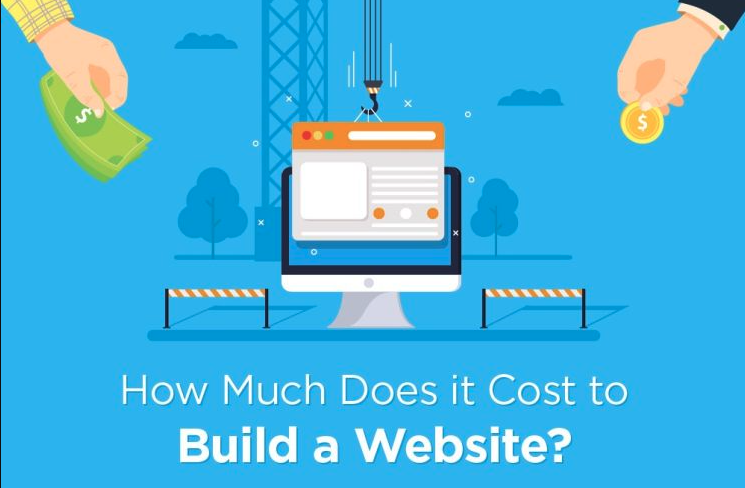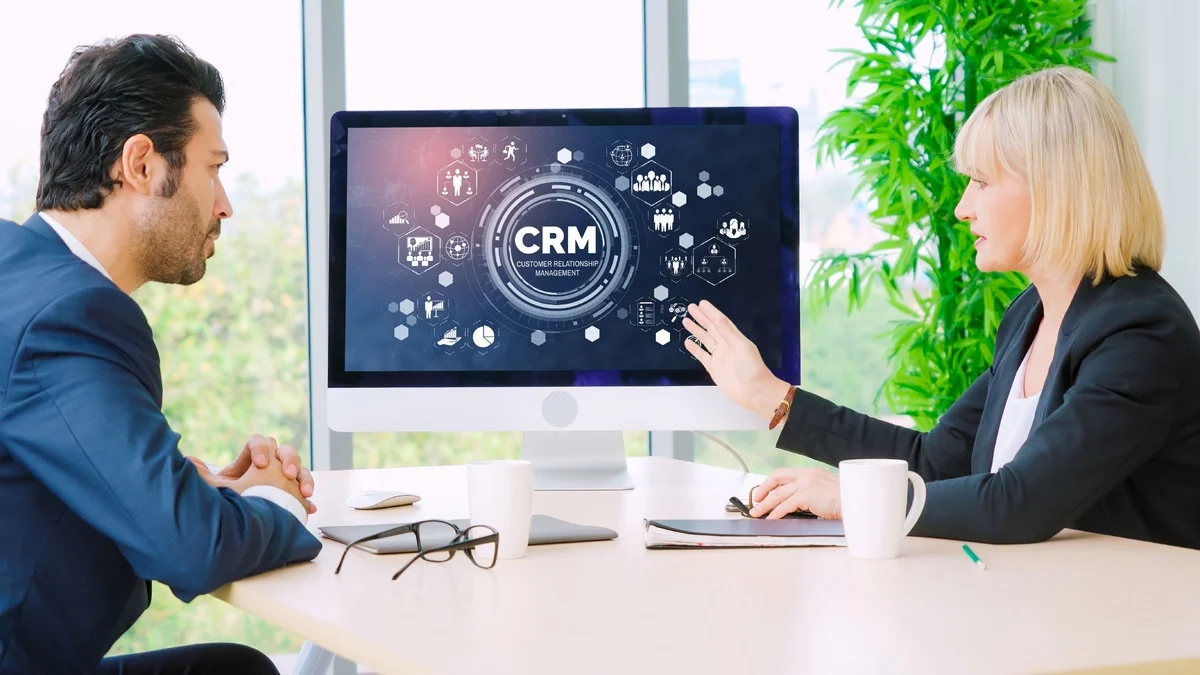Blog Nexa Lab – How much does it cost to develop a website? This is always a big question for anyone starting a website. Meanwhile, we all know having a website is crucial for businesses and individuals seeking to establish an online presence.
A website is a digital storefront accessible globally, enhancing visibility and credibility. In terms of cost, website development varies significantly.
Factors like design complexity, functionality, and maintenance requirements influence the final price.
For instance, an essential website with standard features is less expensive than a highly customized one with advanced functionalities.
The potential for increased audience reach and business growth justifies the investment in website development. The cost, therefore, aligns with the value and scale of the website’s intended impact.
So, let’s talk about how much a website costs, how it works, and how to use one. Is a website worth it for your business? How much does it cost? What’s your advantage? Let’s talk.
Factors Influencing Website Development Costs
Building a website is not just picking a template and hitting the publish button. Many factors, some obvious and some less so, affect the cost as much as the final product.
But as a disclaimer, while cost is an essential factor, keep sight of the bigger picture. A well-developed website is an investment that can pay off in the long run and is customized to your specific needs and target audience.
Here’s a look at some of the critical elements that will impact the actual cost of your dream website.
1. Type of Website
The first thing to consider when developing a website is the type of website. And yes, the kind of website significantly impacts development costs.
An informational site, primarily for content delivery, is generally less costly due to its straightforward design and functionality.
In contrast, an e-commerce site requires more complex features like payment processing, product catalogs, and security measures, increasing costs.
A portfolio website falls in between, needing customization to showcase work but without the intricate functionalities of an e-commerce platform.
2. Design Complexity
A clean layout is less expensive than a highly interactive, visually intricate design. Cost increases with the inclusion of custom graphics, animations, and unique layouts.
A user-friendly and responsive design, essential for engaging visitors and ensuring accessibility across devices, also factors into the cost, requiring more development time and expertise.
3. Functionality and Features
Costs are also affected by adding specific features and functionality.
Basic features like a contact form or image gallery are standard, but integrating a Content Management System (CMS), e-commerce capabilities, or social media can increase costs.
Each added feature requires additional development time and possibly specialized software or plugins.
For example, an e-commerce site might need a secure payment gateway, adding to the overall cost.
4. Customization and Branding
Of course, custom design and branding influence development costs. A website requiring unique, brand-specific designs will cost more due to the need for original graphics, tailored layouts, and potentially unique fonts or color schemes.
While increasing costs, this personalization provides a distinctive online presence, aligning the website’s look and feel with the brand’s identity.
Web Development Costs Breakdown
Building your digital space comes with a price tag, but understanding where those numbers go can empower you to make informed decisions.
Let’s demystify the web development cost breakdown and uncover the key factors that shape your financial journey.
1. Domain and Hosting
The costs for a domain name and hosting services vary. Domain registration can range from a few dollars to hundreds annually, influenced by the domain’s popularity and extension (.com, .org, etc.).
Hosting services, essential for website accessibility, also differ in price.
Meanwhile, shared hosting is economical but offers limited resources, while dedicated hosting is costlier but provides more control and resources.
Opting for reliable, cost-effective hosting involves comparing providers and considering factors like uptime, support, and scalability.
2. Design and Development
The cost of graphic design and other website development services depends on the project’s complexity. Graphic design involves creating visual elements and can vary widely in price.
Types of development are different. An example is front-end development. Front-end development, focused on the user interface, typically costs less than back-end development, which involves server-side functions and database interactions.
Pricing is either hourly, ranging from $50 to $150 per hour, or project-based, with a fixed cost for the entire project. Choosing between these depends on the project scope and budget.
3. Maintenance and Updates
Ongoing costs for maintenance, security updates, and feature additions are crucial.
Regular maintenance, including updates and bug fixes, ensures the website remains functional and secure. This could entail a monthly fee or an hourly rate for occasional updates.
Security updates are vital to protect against vulnerabilities, and adding new features might be necessary as the business evolves.
Budgeting for these ongoing costs is essential for long-term website sustainability and effectiveness.
Tips for Cost Management
With smart planning and savvy cost management, you can create a digital masterpiece that fits your vision and budget.
So, what you need to do is effectively manage website development costs. And, of course, effectively managing website development costs requires a strategic approach.
First, clear communication with your development team is as important as communication with your sweetheart.
To avoid misinterpretations leading to unnecessary work and expenses, precisely articulate your needs and goals.
Secondly, prioritize essential features. Focus on what your website needs to function effectively, and avoid overloading it with unnecessary functionalities that inflate costs.
Opt for scalable solutions; start with a fundamental, well-designed website and plan for gradual enhancements as your budget allows.
Additionally, consider using open-source tools and platforms to reduce costs significantly. However, ensure they are secure and reliable.
Regularly review and reassess your project’s progress against the budget to identify potential overruns early.
This approach enables effective cost control, ensuring you get a functional and quality website within your financial means.
And always remember, quality doesn’t always equal sky-high prices. Many talented developers offer competitive rates, so prioritize finding the right fit for your needs and budget.

How Much Does a Fully Developed Website Cost?
The cost of developing a website varies significantly based on several factors.
The primary determinant is the type of website required, ranging from a simple small business site to a custom feature-rich site.
The complexity and functionality of the website play a crucial role in determining the cost.
For an essential small business website, which serves primarily as an online business card, the cost is relatively lower, around $3,000.
This type of website is suitable for businesses with a limited range of services or products not sold online.
On the other hand, a conversion-focused business site designed to attract and convert visitors can cost between $3,000 to $6,000.
These websites are more polished and geared towards effectively showcasing services or products to engage potential customers.
E-commerce websites, which include features like a product database, shopping cart functionality, and payment processing, are more complex and can range from $6,000 to $15,000. The cost escalates with the addition of more advanced features and customizations.
For large businesses requiring unique designs and custom features, such as enterprise-level database integration or innovative web apps, the cost can exceed $15,000.
These custom feature-rich sites are tailored to specific business needs and often involve more sophisticated development work.
Other factors influencing the cost include domain name registration, SSL certificate, web hosting, template or custom development, copywriting and SEO services, design and multimedia integration, and ongoing maintenance.
Each element contributes to the overall cost, depending on the sophistication and customization required.
Conclusion
The truth is, there’s no one-size-fits-all answer. A fundamental website could cost as little as $500, while a complex e-commerce platform might reach $25,000 or more.
The key is understanding your needs, prioritizing features, and researching options. That’s why you need to look at Nexalab.
We specialize in crafting visually appealing and highly functional websites, ensuring your business stands out in a competitive digital landscape.
Collaborating with Nexalab for your web development needs means partnering with a team that understands the unique challenges and opportunities of the Australian and Asia Pacific markets.
Yes, in an age where technology evolves rapidly, we make a significant effort to stay ahead of the curve, employing the latest web technologies to ensure your website is fast, secure, and compatible with all devices.
Our commitment to quality and ongoing support and maintenance ensures your website performs at its best, keeping you ahead in the dynamic online world.
For businesses in Australia and Asia Pacific looking to make a significant online impact, Nexalab is the go-to partner for web development excellence.
So yes, to answer how much does it cost to develop a website, your business needs to define your requirements, choose Nexalab, and understand the associated costs clearly.




